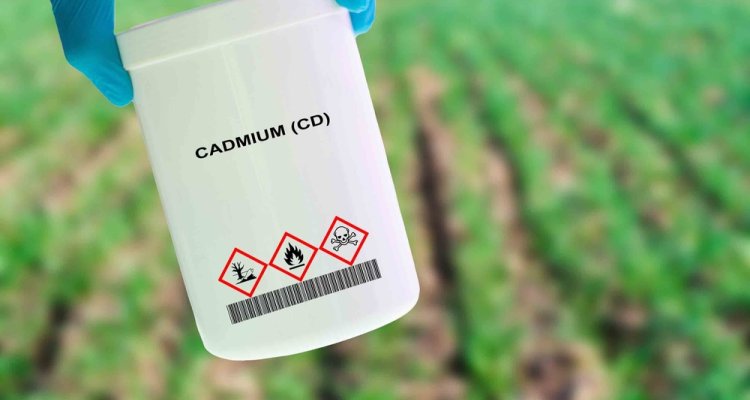
Project
Selective removal of Cd from agricultural soils using chelating ligands
Contamination of agricultural soils with heavy metals is a global concern that threatens food safety and public health, as well as the livelihood of farmers. Heavy metal uptake from soil by crop plants and subsequent translocation to its edible parts can lead to the exceeding of food safety standards, even on unpolluted soils. This issue is well exemplified by the relatively high cadmium content in cacao beans from Latin America, making them unsuitable for the European food market.
Background
One approach to lowering the bioavailability of heavy metals is to remove them from the rootzone with synthetic chelating ligands. Especially for unpolluted soils, it is essential that the ligand is very specific for binding and mobilising only the target heavy metal. However, the ligands that are typically used (e.g. EDTA, NTA) are little specific and also bind non-target metals like Fe and Al that are abundantly present in soils. As a result, the effectiveness of this procedure is limited and relatively large amounts of ligands are needed for a substantial reduction in heavy metal bioavailability. Moreover, using these ligands may cause the unwanted decrease in contents of essential micro-nutrients like Cu and Zn.
In a previous study on soils industrially contaminated with heavy metals, we identified a very Cd-specific ligand (ligand X). Although these results look promising, it is unclear how well this ligand is able to remove Cd from unpolluted soils where Cd uptake by crops is problematic. Therefore, the aim of this MSc thesis project is to explore whether the identified Cd-specific ligand X is able to effectively lower the bioavailable Cd content of contrasting tropical and Dutch agricultural soils. This will be examined in kinetic batch interaction experiments, in which Cd mobilisation by ligand X will be tested as a function of time. You will also investigate the effect of environmental parameters like temperature, pore water composition and the solid-solution ratio.
The outcomes of this study will help to establish the potential of soil treatment with ligand X to lower the bioavailable Cd content of unpolluted agricultural soils for growing crops with a Cd content that meet regulatory requirements.
Used skills
- Literature review;
- Proposal writing;
- Equilibrium modelling;
- Laboratory work;
- Data processing;
- Thesis writing.
Requirements
- Some laboratory experience;
- Required courses for the MSc thesis Soil Chemistry and Chemical Soil Quality (SOC-81336), preferably including:
- Soil Quality (SOC21806) or Soil Pollution and Soil Protection (SOC21306);
- Applications in Soil and Water Chemistry (SOC34806).